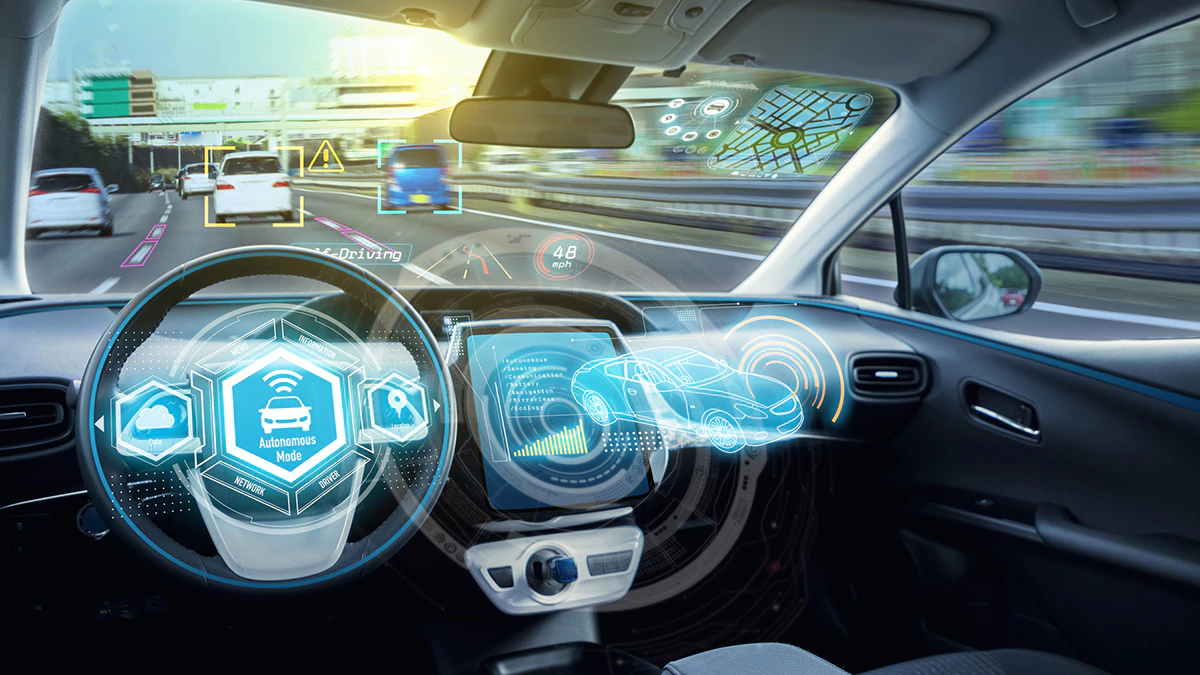Exploring the Latest Car Technology
Tags: Car Engines, Car Insurance, Car Maintenance, Muscle Cars, Sports Cars

Car technology has advanced incredibly over the past century. These advances have made driving safer and less stressful, while lowering emissions.
One of the most useful innovations is the infotainment system, which provides a single interface for controlling a variety of vehicle functions. This is typically controlled via touchscreens or voice command.
Infotainment Systems
Infotainment systems are the central hub for all your in-car entertainment, connectivity and information. They manage navigation features while driving, provide rear-seat entertainment and allow drivers to connect their smartphones for hands-free calling and music streaming.
Many automakers are now opting for a single advanced ECU (electronic control unit) to support their infotainment systems instead of multiple separate hardware devices. This allows for more feature-rich capabilities because they can simply add new software features rather than requiring expensive hardware changes.
Today’s infotainment options are more sophisticated than ever before. Some systems even offer theater-quality audio for the entire vehicle’s occupants to enjoy during a trip. The systems are designed to be easier to use by leveraging interfaces that mimic what people already know how to operate from their personal digital devices. This helps keep their eyes on the road and hands on the wheel while reducing distractions. Some even include voice commands and haptic buttons that vibrate or provide other feedback to let the driver know their command was received.
Powertrains
Rather than having many different hardware devices from various suppliers in the car, infotainment systems combine functions via software. This simplifies operations for the driver and can bring them closer to interfaces that drivers are used to from their smartphones and other computing devices.
A variety of applications can be accessed from these systems in the vehicle, including a music streaming service or a navigation system. The system can also provide real-time traffic information or a weather radar, for example.
Some infotainment systems use a touchscreen or a display linked to large buttons on the steering wheel for ease of operation while driving. This can help to reduce distraction from the driver’s seat and is particularly important for safety. Others use a combination of a touchscreen with buttons or a controller that’s similar to the mouse you would have on a laptop. The most innovative systems will even let you operate them using gesture control.
Connectivity
The latest car technology offers a variety of benefits to drivers. It can help you stay safer on the road with advanced driver-assistance systems (ADAS). It can also improve comfort and entertainment by providing features such as wellness monitoring and air quality sensors.
Wireless smartphone connectivity is a popular feature in modern cars. This lets you connect your smartphone to the vehicle’s infotainment system without using a wire. It’s easy to use and can help you stay focused on the road ahead of you.
A heads-up display windshield is another innovative automobile technology. This uses a video camera to project information onto the windshield. It can show turn-by-turn navigation arrows and potential road warnings to keep you safely aware of your surroundings. This technology is becoming increasingly common in luxury cars. Other innovations include active aerodynamics and autonomous emergency braking. They make your car more stable in high winds and increase fuel efficiency. They can also prevent collisions with pedestrians and other vehicles.
Safety
Newer cars are safer than ever thanks to advanced engineering and improved safety features. From antilock brakes to rearview cameras and electronic stability control, these systems help prevent crashes and minimize injuries for drivers and passengers.
Some technology, such as adaptive cruise control and lane change assistance, can ease the burden of highway driving by monitoring traffic flow and staying within your allotted road space. Other innovations, like curve-adaptive headlights, allow you to see better at night by automatically shading oncoming vehicles from your high beams.
Some systems also monitor the driver for signs of drowsiness or distraction. If you start to slow down or veer out of your lane, many systems will sound an audible or visual alert to encourage you to take a break and refocus your attention. Several models even include systems that can bring the vehicle to a full stop in bumper-to-bumper traffic or at red lights. These technologies could soon be a staple in all newer cars.








